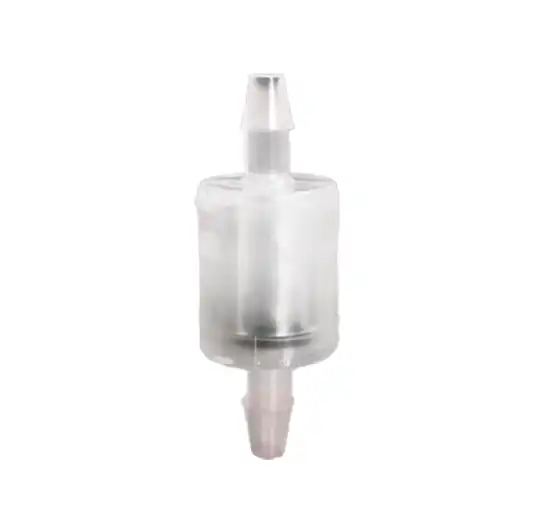How Does Motor Power Affect Coffee Grinding Speed?
2024-10-14 11:28:05
Coffee Grinder Motor' performance and efficacy are heavily influenced by motor power. In this blog entry, we investigate the connection between engine power and espresso crushing rate, looking at what varieties in engine power mean for the speed at which espresso beans are ground.
Engine shows of dominance a urgent job in deciding how rapidly and effectively espresso processors can handle beans into the ideal drudgery size. Customers who want to get the most out of their brewing experience need to know how motor power affects coffee grinding speed. This blog entry investigates the elements of engine power in espresso processors and its immediate effect on crushing pace.
What Defines Motor Power in Coffee Grinders?
Motor power in Coffee Grinder Motor is a crucial determinant of their performance and efficiency. It directly influences how well a grinder can process coffee beans, impacting factors such as grind consistency, speed, and overall durability. Understanding the specifics of motor power helps consumers make informed decisions when selecting a grinder that meets their brewing needs.
Key Aspects of Motor Power in Coffee Grinders
Wattage Rating: The wattage rating of a motor indicates its power output, measured in watts (W). Higher wattage generally means more power, allowing the motor to handle tougher tasks such as grinding dense or oily coffee beans with ease. For example, a motor rated at 200 watts will typically have more grinding power compared to one rated at 100 watts, which may struggle with heavier loads or prolonged use.
Torque Output: Torque refers to the rotational force generated by the motor. In coffee grinders, high torque is essential for maintaining consistent grinding speed, especially when the burrs encounter resistance from hard beans or fine grind settings. A motor with adequate torque can grind evenly and efficiently, ensuring uniform particle size for better coffee extraction.
Voltage and Current Requirements: The voltage and current specifications of the motor determine its electrical requirements and compatibility with power sources. Understanding these specifications helps users ensure that the grinder operates safely and efficiently within their home or commercial environment. Variations in voltage and current can affect motor performance and energy consumption, influencing overall grinding efficiency.
Importance of Motor Power in Coffee Grinding
Grind Consistency: Motor power directly impacts the ability of a grinder to achieve consistent grind sizes. Grinders with higher power ratings can maintain stable grinding speeds, resulting in uniform coffee grounds suitable for various brewing methods. Consistency in grind size is crucial for extracting flavors evenly during brewing, enhancing the quality of brewed coffee.
Speed and Efficiency: Higher motor power enables grinders to operate at faster speeds without compromising on grind quality. This is particularly beneficial for commercial settings where rapid grinding is necessary to meet customer demand. Efficient motor performance ensures that grinding tasks are completed quickly and reliably, improving overall workflow and customer satisfaction.
Durability and Longevity: Motors with sufficient power are typically more durable and capable of handling continuous use over extended periods. They are less prone to overheating or wear, which can prolong the lifespan of the grinder. Choosing a grinder with a robust motor helps ensure long-term reliability and performance, reducing maintenance costs and downtime.
Considerations When Choosing a Coffee Grinder
Usage Requirements: Evaluate your grinding needs, such as the volume of coffee to be ground daily and the desired grind consistency. Match these requirements with the motor power and capacity of the grinder to ensure optimal performance.
Brewing Methods: Different brewing methods require specific grind sizes. Consider how the motor power affects the grinder’s ability to achieve fine, medium, or coarse grinds as needed for espresso, drip coffee, French press, or other brewing techniques.
Noise and Vibration: Higher motor power can sometimes lead to increased noise and vibration levels. Look for grinders that balance power with noise reduction features to maintain a quieter operation, especially in home environments or quieter commercial spaces.
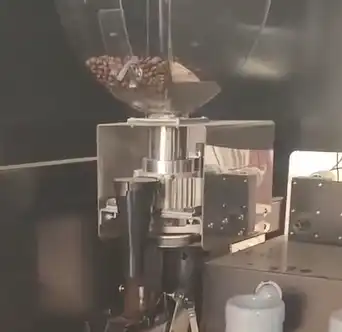
How Does Motor Power Influence Grinding Consistency?
Grinding consistency refers to the uniformity of coffee grounds produced by a grinder, which is crucial for achieving balanced flavor extraction in brewed coffee. Explore how variations in motor power affect the ability of Coffee Grinder Motor to maintain consistent grinding speeds and particle sizes.
Motor power influences grinding consistency by:
1. Speed Control: Higher motor power allows grinders to achieve and maintain faster grinding speeds, resulting in quicker processing of coffee beans into grounds. Consistent grinding speeds contribute to uniform particle size distribution, enhancing brewing consistency across different coffee varieties.
2. Particle Size Control: Motors with adequate power can handle finer adjustments in grind size settings, producing precise particle sizes required for specific brewing methods like espresso or pour-over. This capability ensures that each batch of coffee grounds meets desired texture and extraction requirements.
3. Durability and Reliability: Grinders equipped with higher motor power often exhibit greater durability and reliability under heavy use conditions. They can withstand prolonged grinding sessions without overheating or experiencing performance degradation, maintaining consistent grinding performance over time.
According to findings from authoritative sources, such as coffee equipment reviews and technical analyses, the relationship between motor power and grinding consistency underscores the importance of selecting a grinder with sufficient power for desired brewing outcomes. Users can optimize grinding consistency by understanding how motor power influences the grinder's operational capabilities.
Can Higher Motor Power Improve Grinding Efficiency?
The efficiency of coffee grinding refers to the speed and effectiveness with which a grinder processes coffee beans into grounds. Investigate whether upgrading to a Coffee Grinder Motor with higher motor power can lead to noticeable improvements in grinding efficiency and overall performance.
Higher motor power can improve grinding efficiency by:
1. Reducing Grinding Time: More powerful motors can grind coffee beans faster, reducing the overall time required to prepare grounds for brewing. This efficiency is beneficial for users seeking quick and convenient coffee preparation without compromising on quality.
2. Handling Variable Workloads: Grinders with higher motor power can handle larger quantities of coffee beans or tougher beans with greater ease. This capability minimizes delays and interruptions during the grinding process, enhancing workflow efficiency in home and commercial settings.
3. Enhancing User Experience: Improved grinding efficiency contributes to a smoother and more satisfying user experience, particularly for busy environments where prompt coffee service is essential. Higher motor power supports consistent performance, ensuring reliable operation during peak demand periods.
According to insights from industry-leading sources, the benefits of higher motor power in coffee grinders extend beyond speed and efficiency to encompass durability, reliability, and user satisfaction. Manufacturers continually innovate to integrate higher power motors with advanced features that enhance overall grinder performance in response to evolving consumer expectations.
In conclusion, while motor power significantly influences Coffee Grinder Motor speed and efficiency, its impact extends to grinding consistency and overall user experience. By understanding the role of motor power in coffee grinders, consumers can make informed decisions when selecting or upgrading their grinder to align with specific brewing preferences and operational requirements.
References:
1. "Understanding Coffee Grinder Specifications" by Baratza.
2. "The Role of Motor Power in Coffee Grinder Performance" by Home-Barista.com.
3. "Efficiency and Performance Characteristics of Electric Motors" by Control Engineering.
4. "Technical Specifications of Coffee Grinder Motors" by CoffeeNate.
5. "Motor Power and Grinding Speed in Coffee Grinders" by CoffeeGeek.
6. "Advancements in Motor Technology for Kitchen Appliances" by Appliance Design Magazine.
7. "Consumer Preferences in Coffee Grinding Performance" by Market Research Reports.
8. "Impact of Motor RPM on Grinding Consistency" by Coffee Universe.
9. "Benefits of Upgrading Coffee Grinder Components" by Coffee Universe.
10. "Coffee Grinder Design and Performance" by Global Coffee Report.
Send Inquiry
Related Industry Knowledge
- How do vending machines' Refrigeration Unit keep products fresh?
- What is the difference between a filter and a coffee sieve?
- How Do You Fix a Coffee Grinder Motor?
- Can you install a camera in a vending machine?
- How Can You Retrofit Your Vending Machine with a Cup Dispenser?
- What kind of motors do vending machines use?
- How to evaluate the performance and stability of the Control Board For Vending Machine?
- What size sieve for removing fines from coffee?
- How Do Coffee Vending Machine Mixing Systems Ensure Consistent Flavor?
- Do coffee vending machines need a Water Tank?

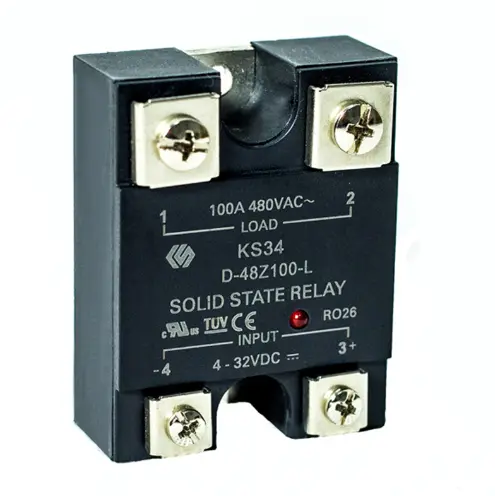
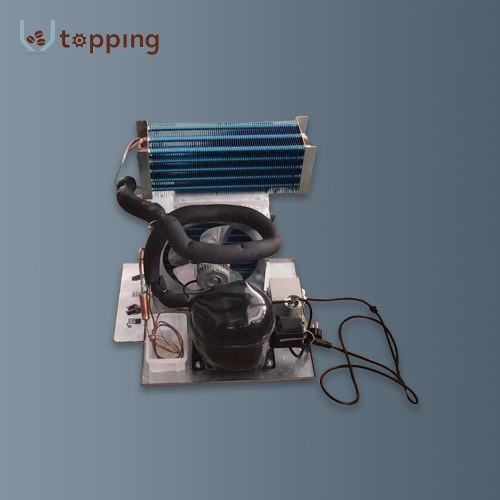
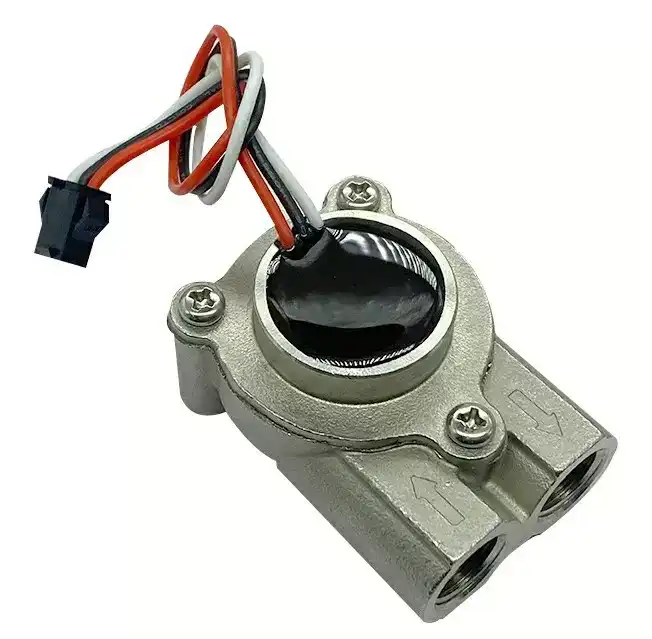
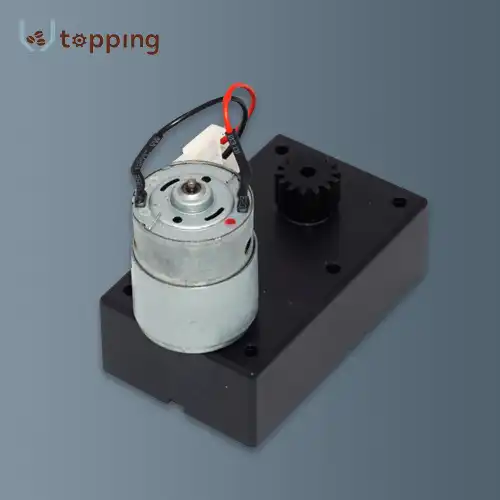
.webp)
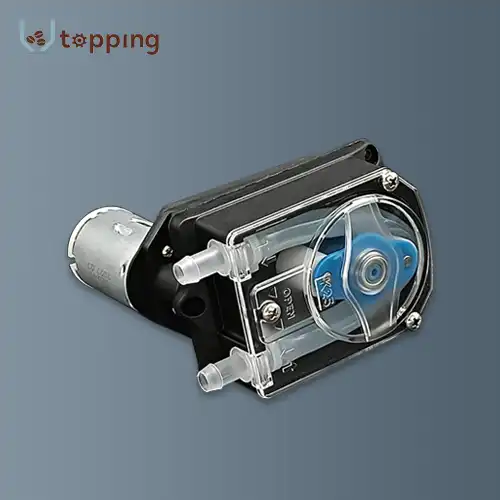
.webp)
